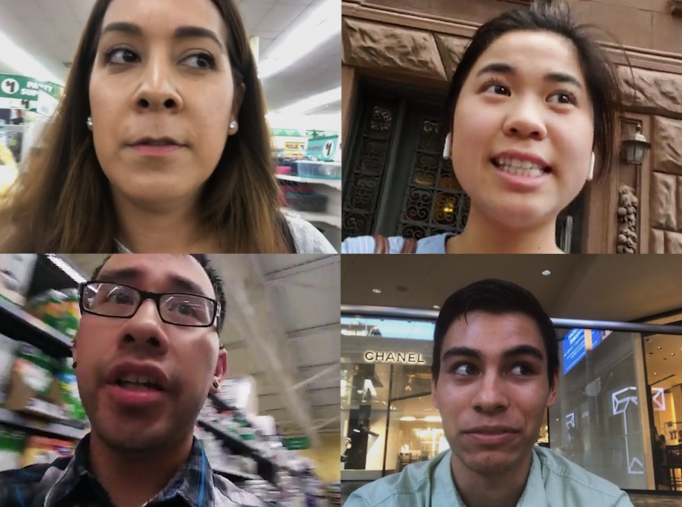In Making a Murderer Season 2, Kathleen Zellner observed that the detective who interviewed Brendan Dassey used the Reid Technique – an industry standard training methodology for law enforcement.
Out of curiosity, we purchased and watched the Reid Technique training series, and wondered how aspects of this methodology might apply to a mobile video interview.
Admittedly, our goals are different from law enforcement; the Reid Technique aims to gather the most truthful response from witnesses and suspects in relation to a crime. At mindswarms we aim to uncover emotional insights from consumers related to products, brands, services or advertising.
However, there are similarities between the strategies used to achieve these respective goals.
We wanted to understand how these strategies might align with best practices for collecting in-context insights for market research. And further, we wanted to identify what researchers should consider when prompting participants to give us in-context insight.
One of the Reid Techniqueʼs strategies for gathering successful responses is setting up what they define as “a proper interview environment.”
Poor vs Proper Interview Environment
According to the Reid Technique, interview environments are defined as follows:
- Poor Environment: A poor environment is characterized by multiple distractions, such as noise and interruptions. Questioning a suspect in a public place with other people around makes it difficult to develop quality information (editorʼs note: some might argue that focus groups are a “poor environment” by this definition)
- Proper Environment: A proper environment for questioning a suspect is controlled by the investigator, private, and free of distractions.
This inspired our mindswarms experiment, where we outlined two analogous prompts:
- Public Environment: One set of participants answered a personal question from a public space. This replicated the typical setting for in-context insight, and also replicated the Reid Techniqueʼs “poor environment.”
- Private Environment: A different set of participants answered the same question from the comfort of their home. This replicated a typical video diary style research prompt, and also replicated the Reid Techniqueʼs “proper environment.”
Dialing up emotion
We wanted to dial up the emotion in this parallel study, because crime is often a highly emotional topic for witnesses and suspects.
In our experiment, we prompted a personal question to research participants: “Describe a recent event that scared you, frightened you, or made you nervous. What happened?”
Half of the participants responded in a public environment and half of the participants responded from a private environment. The differences were stark.
OBSERVATION #1:
Finding a private space in public
Respondents who were prompted to record their answers from a public environment still sought out the most private space available to them. For example, finding an empty aisle at the pharmacy, a corner of a room, or a space apart from the rest of the crowd. Interestingly, people seem to intuitively seek out as comfortable of a space as possible – one free of distraction.


